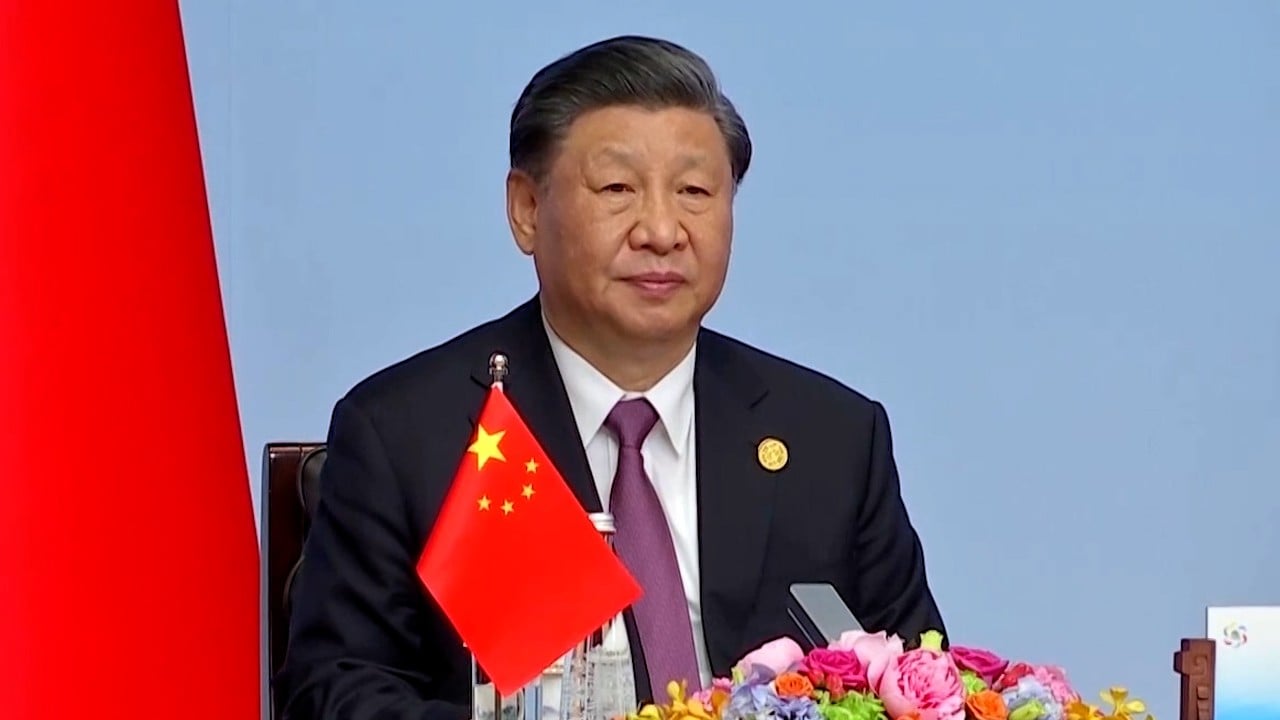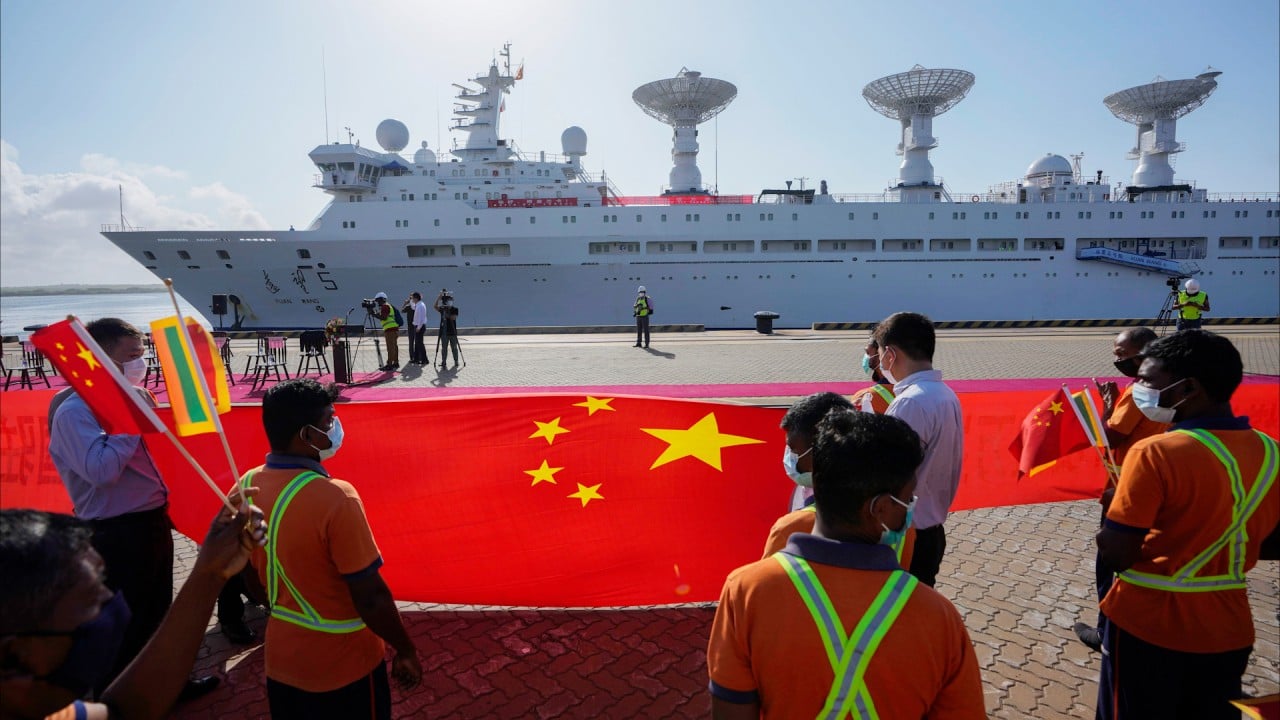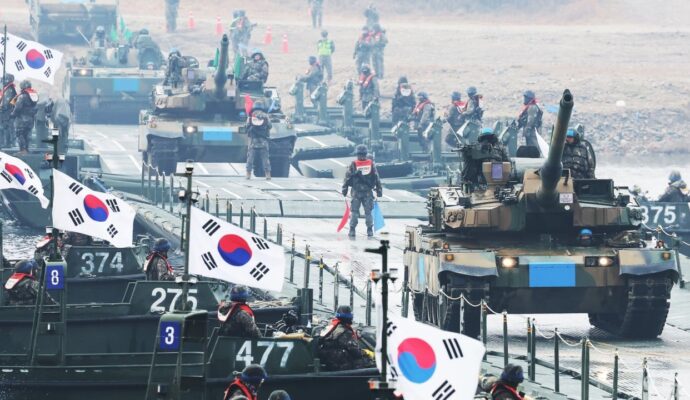Yet the new corridor would cross routes already considered part of the belt and road and has created tensions among Group of 20 members. The race to tout new routes and connectivity continues to generate spurious comparisons while missing the actual impact (if any) of the projects.
China was not the first country to put forward the concept of infrastructure connectivity. In 1993, the EU linked up with newly independent countries across the Caucasus and Central Asia to create the Transport Corridor Europe Caucasus Asia. The Asian Development Bank also has the Central Asia Regional Economic Cooperation Programme to foster connectivity between China and its Eurasian neighbours.
Going back further, the idea of an “Iron Silk Road” was first posited in the 1960s through the United Nations to create a rail link from Singapore to Turkey.
As a result, Western leaders are eager to suggest alternatives, seeking to defeat or stymie the Chinese vision in some way.
Advertisement
But the broader concept has not gone away, and is still enshrined in the Chinese Communist Party’s constitution. Next month’s belt and road forum is likely to be a celebration of success, rather than a timid reflection on problems.
The key point is that fundamental needs are getting lost in the rush to conjure up new corridors and advance fresh visions. The reality is that many of these routes will not offer anything very different from what is already there. And, in many cases, the commercial viability may still be problematic compared with existing routes.
Advertisement
For example, seaborne transport costs remain a fraction of overland prices in most cases, suggesting that this endless stream of proposed routes across the Eurasian heartland still has some way to go before being able to effectively compete against the sea lanes they seek to displace.
And while each leader likes to have his or her own vision, the truth is that few will remain in power long enough to deliver it through to profitability. This is not to say that everything is a failure, but rather to highlight that real connectivity takes decades to deliver success and so the current metrics are unrealistic in terms of showing us what is really going on.
Advertisement
All the negative attention on the Belt and Road Initiative has failed to dent its popularity around the world. Continuing to offer new ideas is a waste of time when most recipient countries would like all projects – whether Chinese or some other – to proceed.
The belt and road’s problems will be exposed through its natural deficiencies. Rather than talking it down, the West should focus on simply delivering infrastructure and investment where it can, and where it is most needed. Continuing with the negative sentiment will only backfire.
Raffaello Pantucci is a senior associate fellow at the Royal United Services Institute (RUSI) in London and a senior fellow at the S. Rajaratnam School of International Studies (RSIS) in Singapore
Advertisement




